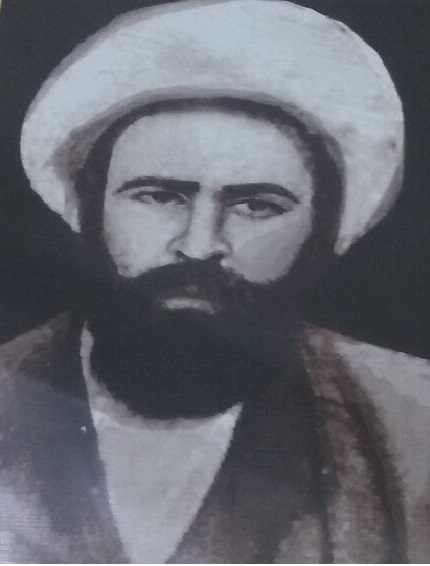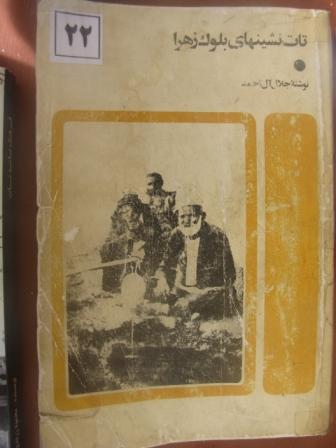آخرین ارسال های انجمن
| عنوان | پاسخ | بازدید | توسط |
| |
0 | 88 | elmfarhang |
معرفی گونه وفسی
گویش وفسی - متعلق به زیرگروه Tatic از خانواده زبان های ایرانی شاخه شمال غریی (مولف : دکتر دونالد استیلو )
منبع: http://misc.ilexfoundation.org/public/vafsi.html
Publications - Donald L. Stilo on a New Project on Iranian Folklore and Dialects
Vafsi and Gurchani
Vafsi is a Northwest Iranian language. This group consists of 7 subgroups – Tatic, Kurdish, Gurani, Zazaki/Dimli, Caspian (Gilaki and Mazanderani), Central Plateau, Baluchi) – and include a multiplicity of languages, all of which have a probable time depth of ±2800 years separation from Southwest Iranian (which includes Persian), even though both branches are in the Iranian language family. Vafsi belongs to the Tatic subgroup and is spoken in four villages in west central Iran, located between Hamadan, Saveh, and Arak, almost equidistant from these three cities. The names of the four villages are Vafs, Chehreqan, Gurchan, and Fark, and the language has an estimated total of some 20,000 speakers, many of whom now reside outside of Vafs, primarily in Tehran.
To convey just a flavor of the uniqueness of Vafsi, here is one simple sentence using only very basic words. The differences should be obvious even to someone who does not understand Persian:

Publications - Donald L. Stilo on a New Project on Iranian Folklore and Dialects
A new work on Iranian languages, linguistics, and folklore, entitled Vafsi Folk Tales, by Dr. Donald L. Stilo, presently at the Max Planck Institute for Evolutionary Anthropology, is forthcoming from Reichert Verlag, Wiesbaden. The volume was edited and provided with additional annotations on the folklore by Professor Ulrich Marzolph of the Enzyklopädie des Märchens of the Akademie der Wissenschaften zu Göttingen. With generous financial support from the ILEX Foundation, it is now possible to prepare a digitally remastered audio compact disc to accompany this collection of Vafsi tales.
The volume consists of 24 folk tales collected in Iran in August 1958 by the eminent British scholar, Laurence Elwell-Sutton, on a reel-to-reel tape recorder. The tales were narrated on these tapes by two speakers of the Gurchani dialect of Vafsi, Ghazanfar Mahmudi and Mashdi Mahdi, who were then respectively 16 and about 60 years old. The two speakers were from the village of Gurchan, some 89 kilometers north of Arak. The actual recording covers approximately 4 hours of spoken Vafsi, about equally divided between Mahmudi and Mahdi, for a total of some 15,000 words.
The research for and preparation of this volume was funded by the Deutsche Forschungsgemeinschaft through a grant awarded to Professor Marzolph at the Enzyklopädie des Märchens. Dr. Stilo, who had conducted five years of linguistic fieldwork in Iran on Vafsi, extended over a period from 1963 to 1976, joined the project in 1997. Stilo’s task was to use the recordings and Professor L. P. Elwell-Sutton’s notes to transcribe and translate the Vafsi tales and then to write a grammar of the language.
A History of the Vafsi Project
After the death of Professor Elwell-Sutton in 1984, his rich collection of materials tape-recorded in Iran over the years was entrusted to Professor Marzolph through the generosity of his widow, Mrs. Alison Elwell-Sutton. This large collection of invaluable folkloric and linguistic material consists predominately of folk tales narrated in Persian, but also includes 24 tales in Vafsi as well as the notebook containing Elwell-Sutton’s diligent efforts at transcribing these tales. Because of the complexity of Vafsi grammar and since he was not familiar with the language, I assume Elwell-Sutton never felt the tales were completely intelligible or that they were transcribed accurately enough to be publishable. As a result, they were left as an unpublished draft at the time of his death
Methodology and Procedures
The Vafsi Folk Tales Project was conducted in Göttingen from 1997 to 2000. First, Elwell-Sutton’s handwritten transcriptions were gradually converted to word-processing documents on a computer directly from his notes. The next stage consisted of comparing these transcriptions with the actual recorded material, through untold replays of the tapes, in order to make the necessary corrections and refinements from the often rapid narrations of the two speakers. After Stilo had reworked the tales to about 95% accuracy, it became clear that the last 5% would have to be corrected and completed with the help of native speakers of Vafsi.
The next step was to invite a native speaker from the village of Vafs to assist Stilo with the Elwell-Sutton folk tales. This stage of the work was conducted in early June, 2000, and consisted of two sessions of about three and a half days each. While there are still some problem points in the Vafsi narrations that even a native speaker could not figure out, the transcriptions and translations are now ready to go to press and the finalized volume will be published with the compact disc of the audio recordings of the texts to accompany the volume.
These folk tales in Vafsi will be valuable both for their folkloric as well as their linguistic content. The aim was to attain a translation that would remain as close as possible to the Vafsi words and structures in order to make the texts available to linguists and Iranists interested in linguistic issues and still allow those interested in the folkloric issues adequate access to the structure and typology of the tale, the goal or moral of the tale, or attitudes towards different issues addressed in the tales.
The present volume of Vafsi folk tales is the first of two projected volumes on this language. Future publication will include next A Grammar of Vafsi, a comprehensive grammatical description of Vafsi, the draft version of which is now completed and is approximately 900 pages in length. The Grammar is based primarily on the dialect of Vafs and secondarily on that of Gurchan. The difference in precedence given to the two dialects stems from a much deeper and broader familiarity with the former dialect based on five years of direct fieldwork I conducted with various native speakers from the village of Vafs. No direct access to native speakers of Gurchani was available to me and materials on this dialect are restricted exclusively to the four hours of recorded materials described above. I am looking forward to seeing the Grammar through press by 2004.
Donald L. Stilo
.



